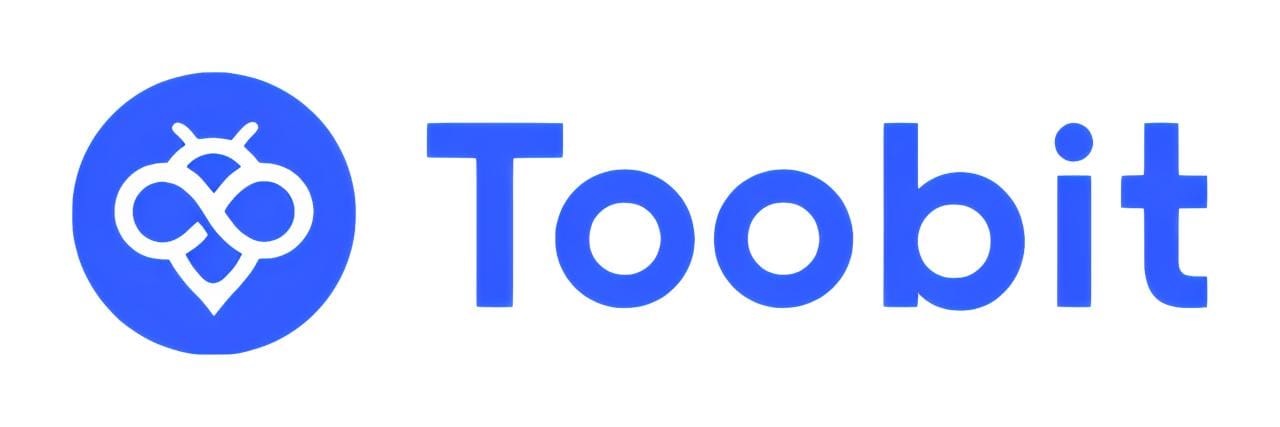Airdrops are playing a key role in distributing tokens to users in the crypto space. How these tokens get allocated, however, depends on the allocation model the project is using. Different models, such as pro rata, first-come-first-serve, and others, are shaping how tokens reach users. These models also affect who benefits most and how engaged participants stay over time. Every method has its pros and cons, so projects must choose carefully based on their goals.
In this article, we’re diving into the most popular airdrop allocation models. We’ll explore how they work, what benefits they offer, and what risks they pose for both users and projects.
1. Pro Rata Airdrop Allocation
The pro rata airdrop model is widely used to ensure fairness in token distribution. In this model, the tokens are divided proportionally among participants based on their current holdings, engagement level, or contribution to the project. For example, users who hold more of the project’s native tokens or participate more actively receive a larger portion of the airdrop.
This model incentivizes users to stay committed because the more they engage, the bigger their rewards. Moreover, it prevents token dumping, as long-term supporters often benefit the most.
Benefits of Pro Rata Airdrops:
- Encouraging User Engagement: This model rewards loyal users, motivating them to continue supporting the platform for greater token allocation.
- Fair Distribution: By allocating tokens based on contributions or holdings, this method feels equitable to the most engaged participants.
- Preventing Abuses: Because token distribution is tied to certain metrics, it discourages users from exploiting the system for quick profits.
Drawbacks of Pro Rata Airdrops:
- Favoring Big Players: Large holders or whales may benefit more, leaving smaller users feeling left out.
- Complex Calculation: Since token distribution depends on multiple variables, the process might be slower and require more calculation effort.
2. First-Come-First-Serve (FCFS) Airdrop Allocation
The first-come-first-serve (FCFS) model is speeding up the distribution process by rewarding users who act quickly. In this model, the project sets aside a fixed pool of tokens, and users must claim them as soon as the airdrop starts. The faster the users, the better their chances of securing tokens.
While FCFS airdrops create excitement and urgency, they also pose certain challenges. Not all users have the same access to fast internet or real-time updates, which can lead to disappointment among slower participants.
Benefits of FCFS Airdrops:
- Immediate Engagement: Users are jumping in quickly to claim tokens, driving immediate interest and activity on the platform.
- Simple Execution: The process is easy to understand; the first users who act get rewarded.
- Boosting Buzz: FCFS airdrops generate excitement and FOMO (fear of missing out), which can promote the project quickly.
Drawbacks of FCFS Airdrops:
- Unfair to Slower Users: Some users, particularly those in different time zones or with slower internet, may lose out entirely.
- Bot Exploitation: This model is often vulnerable to bots or automated systems, which can claim tokens before human participants even have a chance.
- Frustration Risk: Users who miss out on the airdrop may feel disappointed, leading to a negative impression of the project.
3. Lottery-Based Airdrop Allocation
The lottery-based airdrop model is adding an element of randomness to token distribution. In this approach, eligible users enter a lottery where the winners are selected randomly. The odds of winning are often the same for everyone, ensuring fairness in the selection process.
Lottery airdrops are keeping the excitement high, but they also carry the risk that some dedicated participants walk away empty-handed. Nevertheless, they create anticipation and offer every participant a fair shot at winning.
Benefits of Lottery-Based Airdrops:
- Equal Opportunity: Every participant has a fair chance, regardless of their token holdings or level of engagement.
- Building Anticipation: The lottery format is creating excitement and encourages users to stay connected with the platform.
- Reduced Exploitation: Random selection minimizes the chances of users gaming the system for quick rewards.
Drawbacks of Lottery-Based Airdrops:
- No Guaranteed Rewards: Users who participate actively may not receive anything, which can lead to disappointment.
- Random Distribution: Since the distribution isn’t based on engagement or contribution, some users may feel it’s not merit-based.

4. Task-Based Airdrop Allocation
The task-based airdrop model is giving users specific actions to complete in exchange for tokens. These tasks can range from following social media accounts, sharing posts, to engaging with the project’s platform. This method allows projects to promote their services or grow their community while rewarding users who actively participate.
Task-based airdrops are effective for driving engagement and awareness, but some tasks might feel like busywork for users who aren’t genuinely interested in the project.
Benefits of Task-Based Airdrops:
- Driving Engagement: Users must engage with the platform, which helps build an active community around the project.
- Targeted Participation: The project ensures that only those who complete the required actions get rewarded, attracting users who are genuinely interested.
- Effective Promotion: By asking users to share or interact with content, the project gains organic exposure through social media and other channels.
Drawbacks of Task-Based Airdrops:
- High Effort Requirement: Some users might feel the tasks are too time-consuming or tedious, leading them to avoid participation.
- Potential for Spam: Task-based airdrops can result in a flood of low-quality social media activity, which may not always reflect genuine interest.
5. Staggered Airdrop Allocation
The staggered airdrop model is spreading token distribution over a longer period. Instead of distributing all tokens at once, projects release them in portions. For example, users might receive 25% of their airdrop immediately, with the remaining tokens released over several months. This method helps maintain long-term engagement and avoids the problem of token dumping, where users sell off their tokens immediately after receiving them.
Staggered airdrops are particularly helpful in building loyal communities and preventing market fluctuations caused by sudden token sell-offs.
Benefits of Staggered Airdrops:
- Preventing Token Dumps: Gradual release discourages users from selling their entire allocation at once, stabilizing the market.
- Encouraging Long-Term Engagement: Users stay active within the platform to receive future token releases, ensuring they remain invested in the project.
- Smoothing Market Impact: By releasing tokens in phases, projects reduce the risk of drastic price swings caused by large-scale token sell-offs.
Drawbacks of Staggered Airdrops:
- Delayed Gratification: Some users may feel frustrated by the slow release of tokens, especially if they were expecting immediate access.
- More Complexity: Managing staggered distributions requires coordination and long-term planning, making the process more complicated than a one-time airdrop.
Conclusion
Choosing the right airdrop allocation model is crucial for both the project and its participants. Projects that prioritize fairness and long-term engagement might prefer pro rata or staggered models. Meanwhile, projects focused on building immediate buzz may opt for first-come-first-serve or task-based models.
Each method comes with its own set of challenges and rewards, but the ultimate goal remains the same: distributing tokens in a way that aligns with the project’s objectives while keeping users excited and engaged. Understanding how these models work can help both projects and users make the most of their airdrop experience.
For more insights on airdrop distribution strategies and blockchain airdrops, visit our Airdrop Guides.
Stay Updated
For the latest updates on airdrops and token distribution strategies, follow us on:
Stay informed with the latest crypto insights at FreeCoins24.io.
Special Offer
Ready to trade tokens earned through airdrops? Sign up on Bybit today and enjoy up to $30,000 in deposit bonuses! Start trading confidently on a leading crypto platform.
















